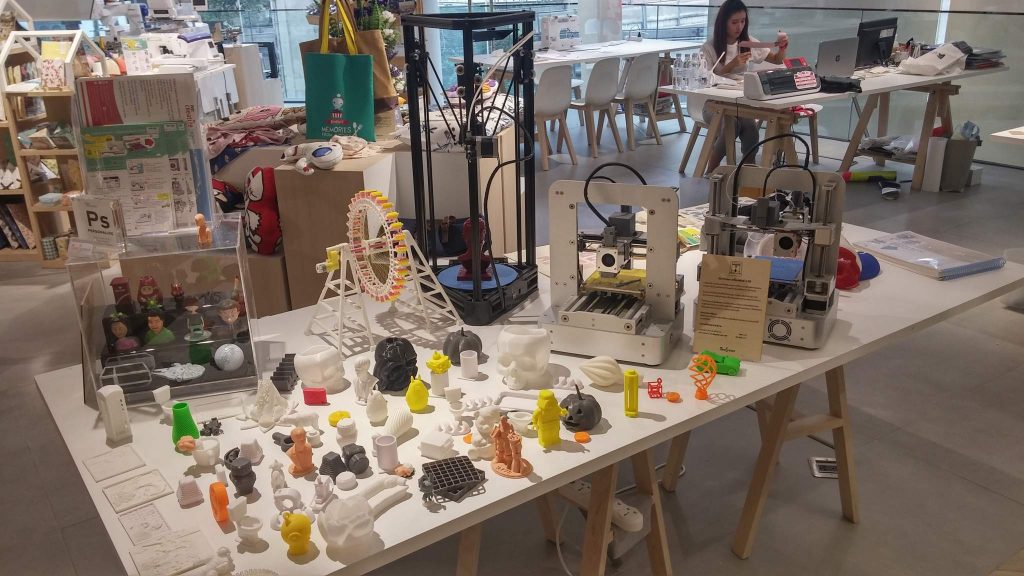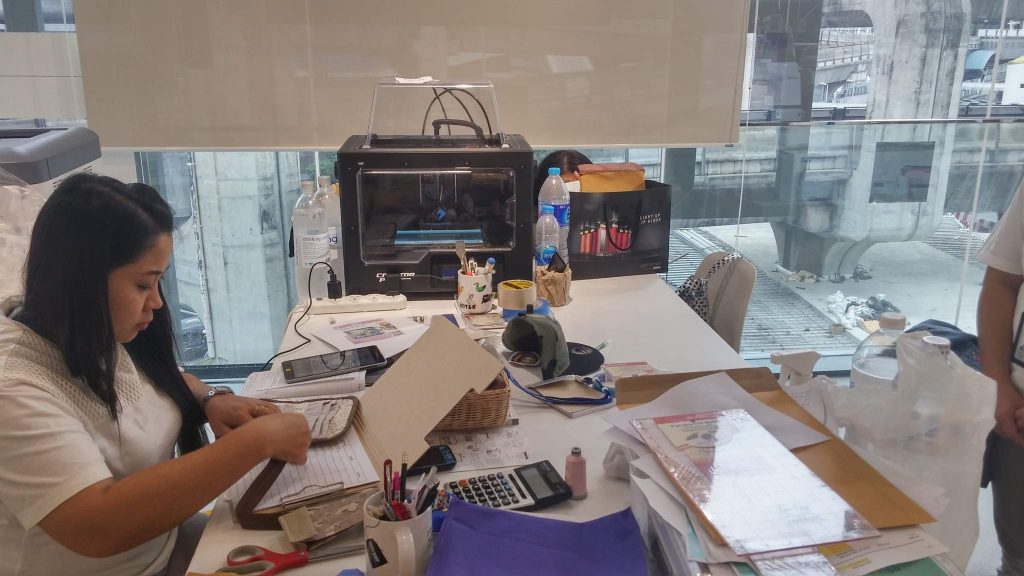This is a guest post in our series looking at the future of 3D Printing. To celebrate 5 years of reporting on the 3D printing industry, we’ve invited industry leaders and 3D printing experts to give us their perspective on the next 5 years of 3D printing.
Naomi Wu, aka Sexy Cyborg, is a Chinese maker based in the country’s tech capital, Shenzhen. Wu’s YouTube channel provides a rare glimpse inside the region’s electronics markets such as Huaqiangbei. Wu’s own projects, often using 3D printing, have caught the attention of publications including Hackaday and Forbes. In this article Wu takes a look at the barriers facing wider use of 3D printing and how these might be overcome.
3D Printing: The Next Five Years by Naomi Wu
In the last year we’ve started to see an interesting move towards 3D printers as a crafting tool in the same category as sewing machines and vinyl cutters. Last month, while visiting a large mall in Bangkok I saw precisely this layout, with salesladies actively using and demonstrating all of the machines to customer.

The Cosplay community is also starting to do some amazing things with 3D printers. Both Cosplayers and Crafters have a tremendous number of women involved and in five years I could easily see them buying as many 3D printers as men do- or more.
Challenges to widespread use of 3D printing
Consumer 3D printers have long been a tool looking for an application. Unfortunately for many users that has been printing busts and models from online repositories to demonstrate the capabilities of the 3D printer- rather than actually using those printers to accomplish a specific task. 3D Printer manufacturers have struggled to refine their designs in the absence of any real sense of specific things their products are useful for.
While female hobbyists are obviously completely capable of mastering complex software and hardware, when much of that complexity is a result of poor design choices (and in my opinion it is) a substantial amount of resistance can be expected. Cosplayers with a Con the next day and Crafters on a holiday party deadline are unlikely to think troubleshooting and calibration is fun, challenging or excusable in the same way current 3D Printing enthusiasts tend to. I think catering to the expectations of usability and specific, project-oriented requirements of Cosplayers and Crafters over the next five years will inevitably make 3D printers more usable for everyone.

The generative design tools of the future
The main hurdle to harnessing the utility of consumer 3D printers has always been input. CAD has a steep learning curve and 3D scanners are expensive, time-consuming and perform poorly. I see this changing within the next five years to make 3D printers a truly useful and cost effective tool for any individual with creative inclinations or even just a household to maintain.
For 3D scanners, the ideal use cases are being able to clone and print a small toy, hair ornament, or repaired version of a broken part with no manual mesh cleanup. Simple, uncluttered interfaces, touch pad and touch screen compatible interfaces for CAD with procedural generation of aesthetic shapes and styles- possibly with a weak AI “helper” interface.

A need for user-friendly 3D design software
I hope that in five years usability has become the new “powerful” when we evaluate home/craft user CAD. How fast, and in how few steps can a Benchy boat be made? Why have it take more steps just in case one day you want to design a working oil tanker if your target users will never do that? Why lose customers to unnecessary complication and a workflow designed for legacy CAD users? I think the CAD market will be large enough in a few years to offer applications more suitable for users who are not inclined to invest in a steep learning curve on costly professional software.
My prediction is that user-friendly tools like this, targeted at home users of 3D printers, within five years will bring us a large number of unlikely new amateur designers in the same way that desktop publishing opened up graphic design.
This is a guest post in our series looking at the future of 3D Printing, if you’d like to participate in this series then contact us for more information. For more insights into the 3D printing industry, sign up to our newsletter and follow our active social media channels.
You can hear more from Naomi Wu on Twitter and YouTube.
Don’t forget that you can vote now in the 1st annual 3D Printing Industry Awards.
Featured image shows Naomi Wu during a recent visit to Thailand. Photo via Naomi Wu.



